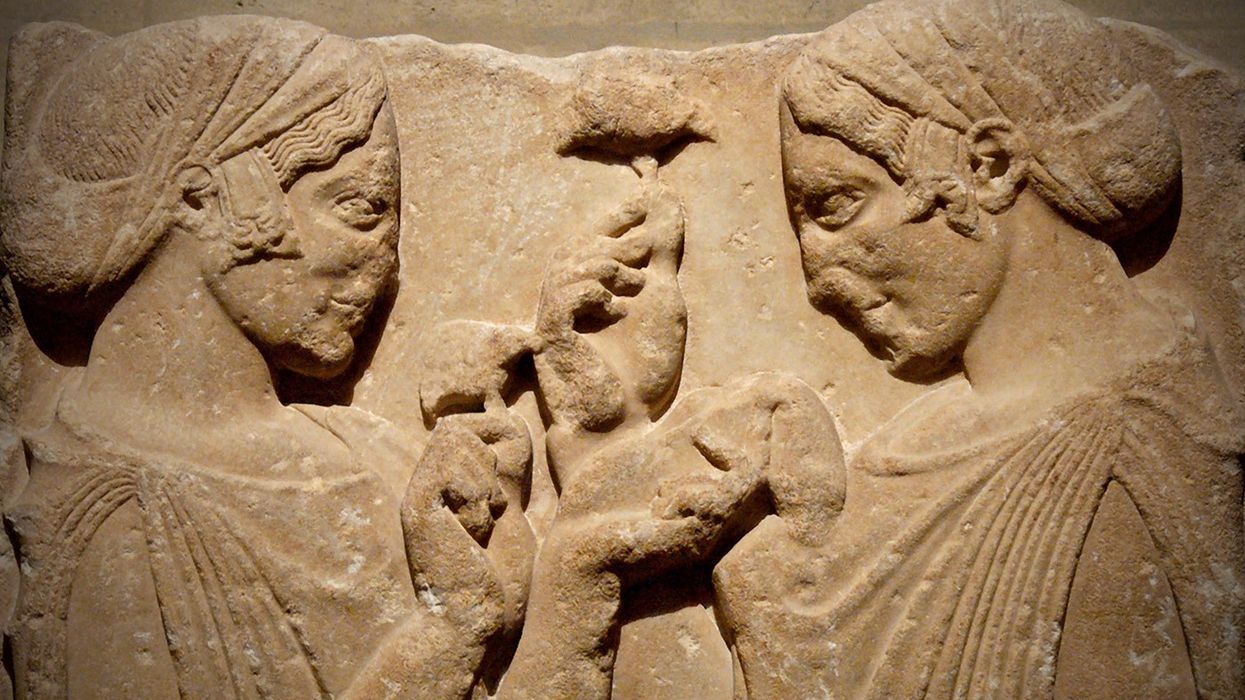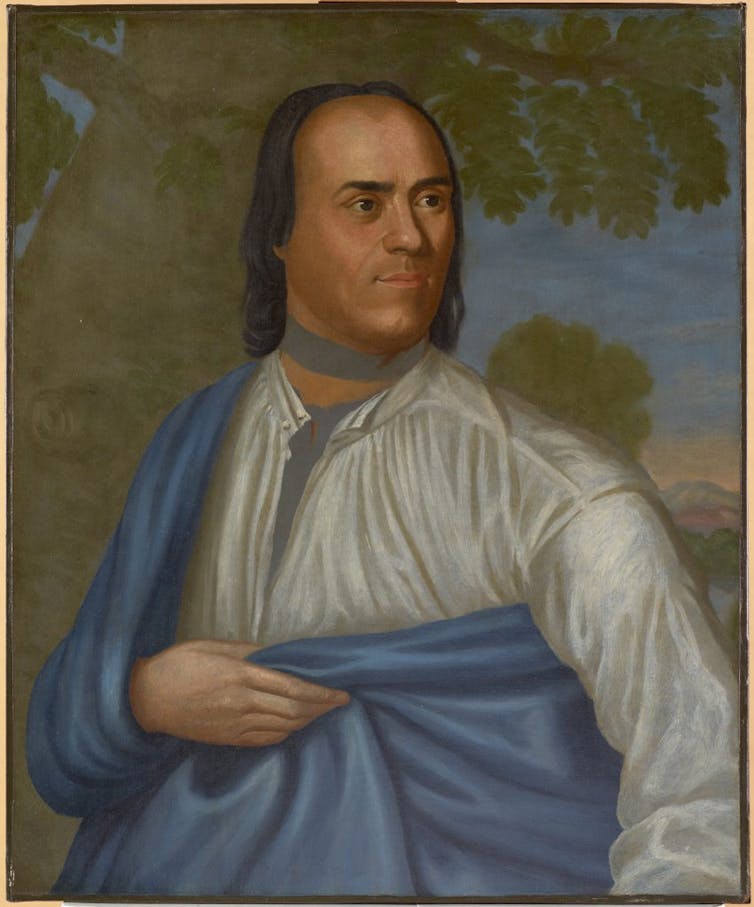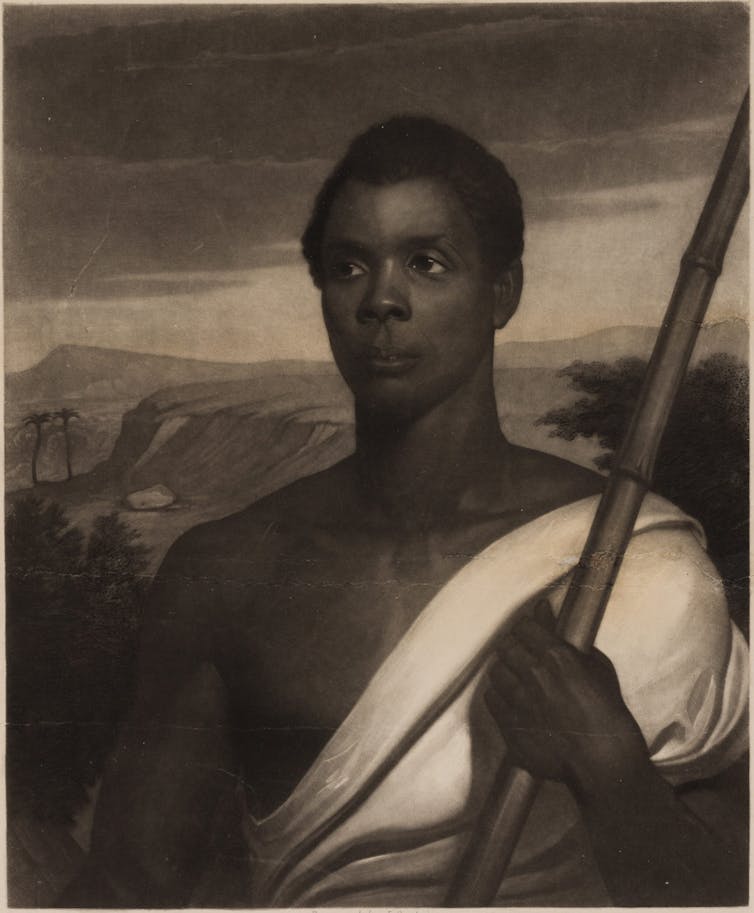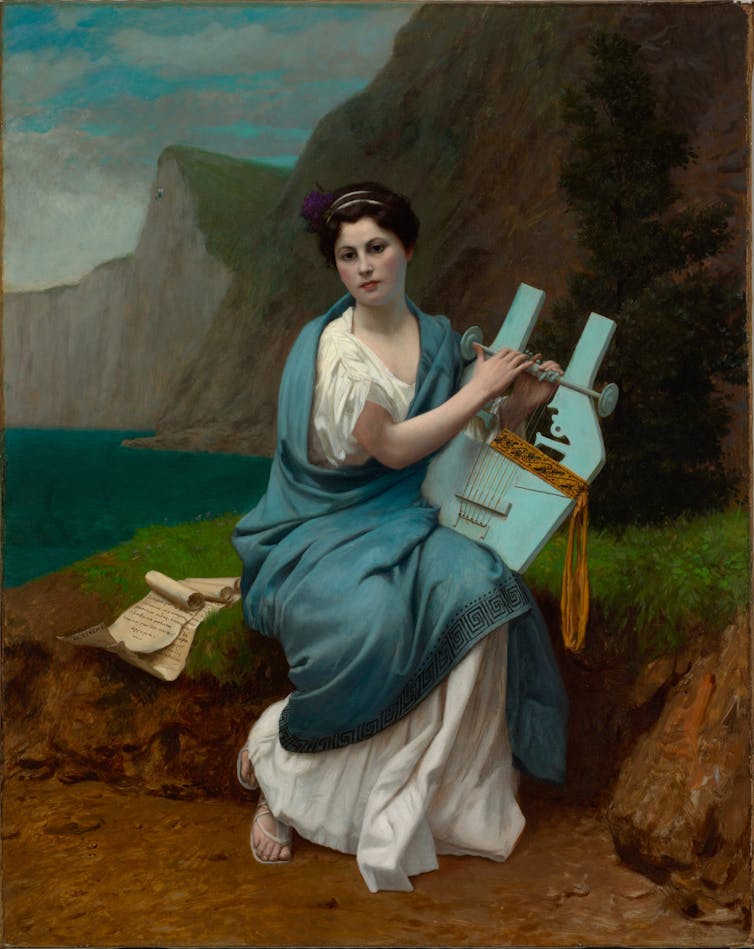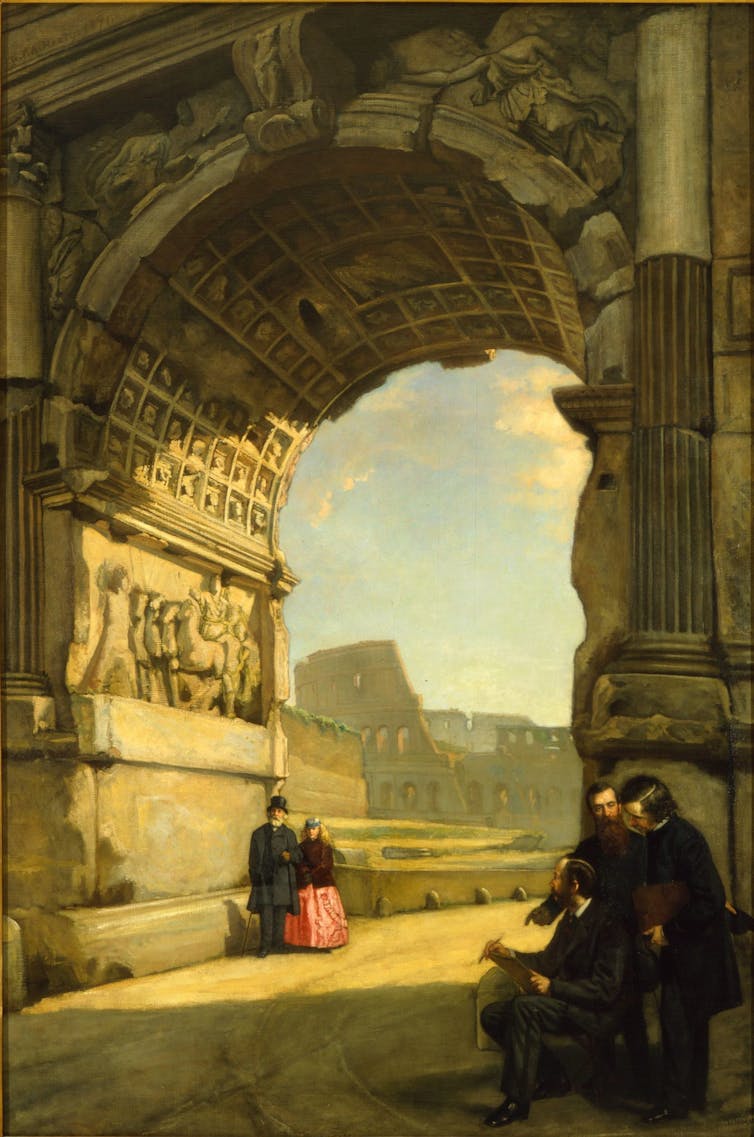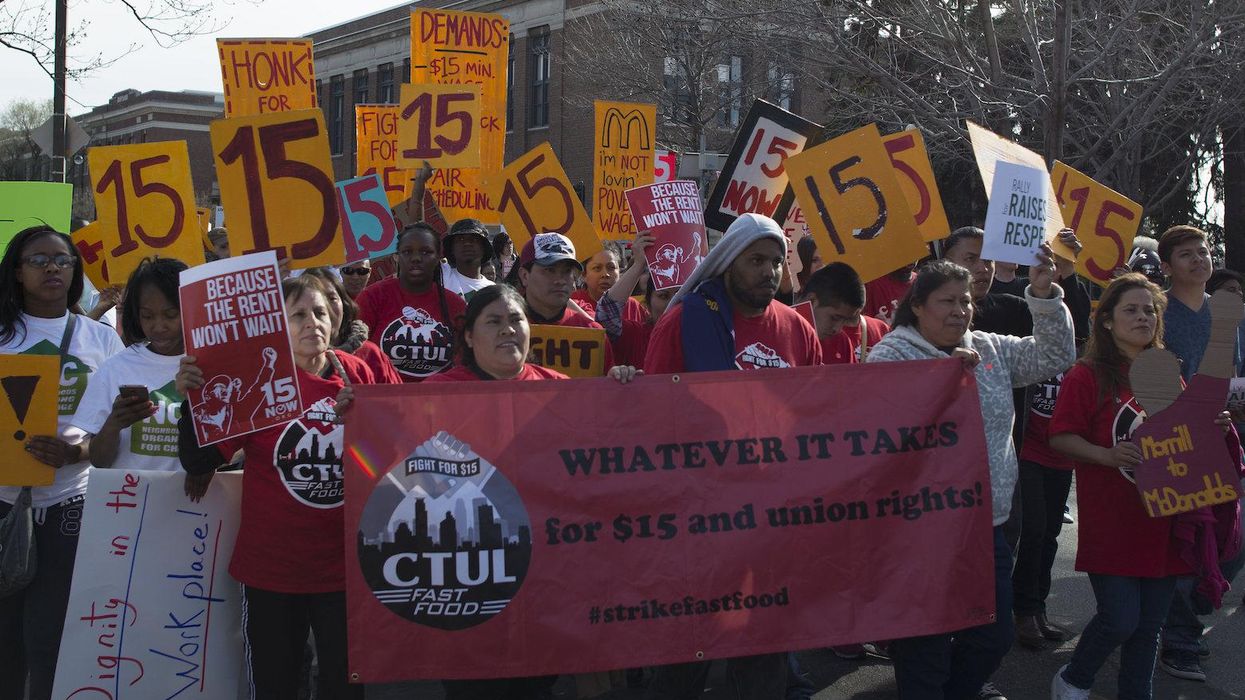
Image via Shutterstock.
Elizabeth Preza November 18, 2022
Disciples of right-wing megachurch pastor Doug Wilson, a devoted Trumper with a booming media empire, knew who to blame for Republican midterm losses.
Women.
Especially college-educated women.
Wilson is known to most non-Trumpers for teaching that wives must obey husbands in all matters, including sex. His most famous aphorism is that God designed the male as the one who "penetrates, conquers, colonizes, plants. A woman receives, surrenders, accepts.” He counsels married couples that sex is "not an egalitarian pleasuring party" so women shouldn't expect to enjoy it as much as men. Wilson advises husbands to tell their wives how to vote.
In addition to being pastor of Christ Church in Idaho, Wilson launched a religious college and models for private schools and homeschoolers, is a popular speaker on the political/ religious revival circuit, and owns a book publishing house. It published his novel "Ride, Sally, Ride" about a Christian student so enraged by his neighbor's sexbot wife, he throws her into a recycling compactor, then faces murder charges.
Former Fuller Theological Seminary instructor Steve Rabey partners rounded up the reaction to the midterms from an array of Wilson's disciples for Roys Report, an online Christian newsletter.

Right Response Ministries, a frequent partner of Wilson's on YouTube shows and live events, tweeted after seeing a chart on TV showing that women, particularly college educated, are more likely to vote for Democrats. The ministry tweeted: "Takeaways: 1) Yes, women are more easily deceived than men. 2) Yes, the majority of universities are merely institutions for deception. 3) Yes, the 19th Amendment was a bad idea."
Bnonn Tennant, co-author of It’s Good To Be A Man published through Wilson’s Canon Press, battled women on Facebook after calling women's suffrage a "rebellion" against God. He continued, “Voting is an act of rulership. Since rulership is not given to women, women should not vote."
Tennant added that in a modern society where “women are allowed/expected to vote, it is prudent for a husband and wife to discuss how to vote, so they can double the impact of their household vote.” act of rulership.” Another one of Wilson's authors, Stephen Wolfe (The Case for Christian Nationalism) published tweeted that he believes only heads of households should vote so a widow supporting children might be allowed to vote.
Wilson and his male followers are not cultural oddities. They are part of the theonomist movement which advocates America being ruled by divine law rather than the Constitution. They favor embracing Old Testament rules and regulations.
In September, Wilson told Meet the Press he aimed for a spiritual takeover of his town, Moscow, Idaho that would exemplify the ideal of laws imposed by God, not the government.
Tragically, the pretty university town has been in national headlines this week because four University of Idaho students were stabbed to death in their off-campus home. As of Friday, police said they had no suspects.
Wilson's Christ Church claims a membership of at least 800 in person and far more online. That is impressive, given Moscow's population of only 25,800. But Wilson seems as controversial there as he is popular. In August, one of his former deacons pleaded guilty to possessing child pornography. There are two websites for people who have fled Christ Church, both are anonymous to protect the users' identities from Wilson's followers.
And Wilson's candidly combative tone makes many non-members uneasy. The logo of his New Saint Andrews College says: "Swords and Shovels. Build. Fight." On Wednesday, in his blog, he attacks the FBI for infiltrating the Proud Boys at the Capitol on January 6.
"The top echelons of the FBI have done their level best to fulfill their self-appointed role of becoming partisan hacks, obtaining Russian hoax warrants under pretenses known by them to be false—managing thereby to attain an astounding level of corruption—and all without anybody associated with these monkeyshines ever having to spend any time in the Big House," Wilson wrote. "We now know that the top law enforcement agency in the United States is itself lawless."
And Wilson published an anthology he edited called "No Quarter November" with this promo: "Some people want to know what it is about November that makes us want to burn things. We don’t think we have a moral obligation to be incendiary: the world for some mysterious reason has become flammable."





